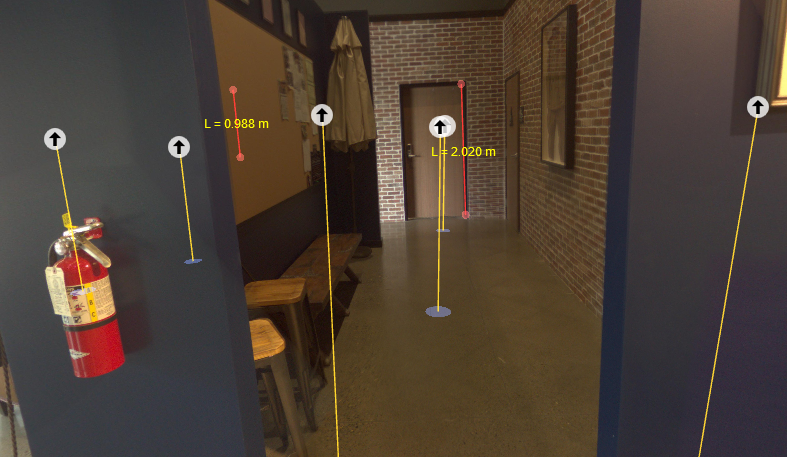In an age where video content is everywhere—from security footage to mobile phone recordings—video forensic analysis plays a crucial role in uncovering facts and ensuring justice. Whether it’s validating the authenticity of a clip or clarifying unclear visuals, the science behind video analysis provides powerful tools for law enforcement agencies, lawyers, and forensic experts. This guide walks you through the fundamentals, applications, and techniques involved in modern video forensic analysis.
Understanding Video Forensic Analysis
Video forensic analysis involves scientifically examining video evidence to extract reliable information. It can range from clarifying blurry footage to verifying whether a video has been tampered with. This process is critical in both criminal and civil cases where video serves as vital evidence.
Key Techniques in Video Analysis
To perform video analysis effectively, experts rely on several advanced techniques:
Frame-by-Frame Analysis
Analysts study videos frame-by-frame to detect inconsistencies, identify key moments, or isolate a subject's actions. This method ensures that no detail is overlooked, especially in complex incidents.
Image Enhancement
When videos are captured in low-light or with motion blur, image enhancement helps clarify faces, objects, and events. Techniques include brightness/contrast adjustment, noise reduction, and color correction.
Metadata Examination
Metadata stored in digital videos—like timestamps, camera models, and GPS data—can provide context and confirm authenticity. Analysts check this data to validate the origin of the footage.
Applications of Video Forensic Analysis
Video forensic analysis is used across a wide range of industries and investigative contexts, including:
- Criminal Investigations: Police use video analysis to identify suspects, analyze timelines, and verify alibis.
- Legal Proceedings: Lawyers use enhanced footage as key evidence in court.
- Insurance Fraud: Insurers rely on forensic video to validate claims or detect staged events.
- Security Management: Private firms analyze surveillance footage for internal reviews and compliance.
Challenges in Forensic Video Analysis
Even with advanced tools, analysts face several challenges, including:
- Low-quality footage from outdated or damaged sources.
- Compression artifacts that distort image clarity.
- Video tampering, which makes authenticity verification crucial.
Overcoming these obstacles requires specialized training and software designed for forensic environments.
The Role of Ethics in Video Analysis
Maintaining the integrity of video analysis is essential. Analysts must follow a strict chain of custody and ensure all enhancements or alterations are documented. Misuse or manipulation of video evidence can have serious legal consequences.
Conclusion
As video continues to play a growing role in investigations and legal proceedings, the importance of video forensic analysis cannot be overstated. It enables experts to extract valuable truth from visual data, supporting justice and transparency. Whether you're a legal professional, investigator, or security analyst, understanding the basics of video analysis is crucial in today's digital world.
FAQs
Q1: What is video forensic analysis?
A: It's the scientific examination of video recordings to extract, clarify, and validate information for legal or investigative purposes.
Q2: Can video analysis enhance blurry footage?
A: Yes, using tools like deblurring, brightness adjustment, and frame interpolation, analysts can significantly improve image clarity.
Q3: Is forensic video analysis legally admissible in court?
A: When conducted by certified professionals with a proper chain of custody, forensic video analysis is typically admissible as evidence.
Q4: How do analysts detect video tampering?
A: By examining metadata, compression inconsistencies, and pixel-level anomalies that may indicate editing.
Q5: What tools are used for video forensic analysis?
A: Professionals use specialized software that offers frame-level navigation, enhancement tools, and metadata extraction capabilities.

